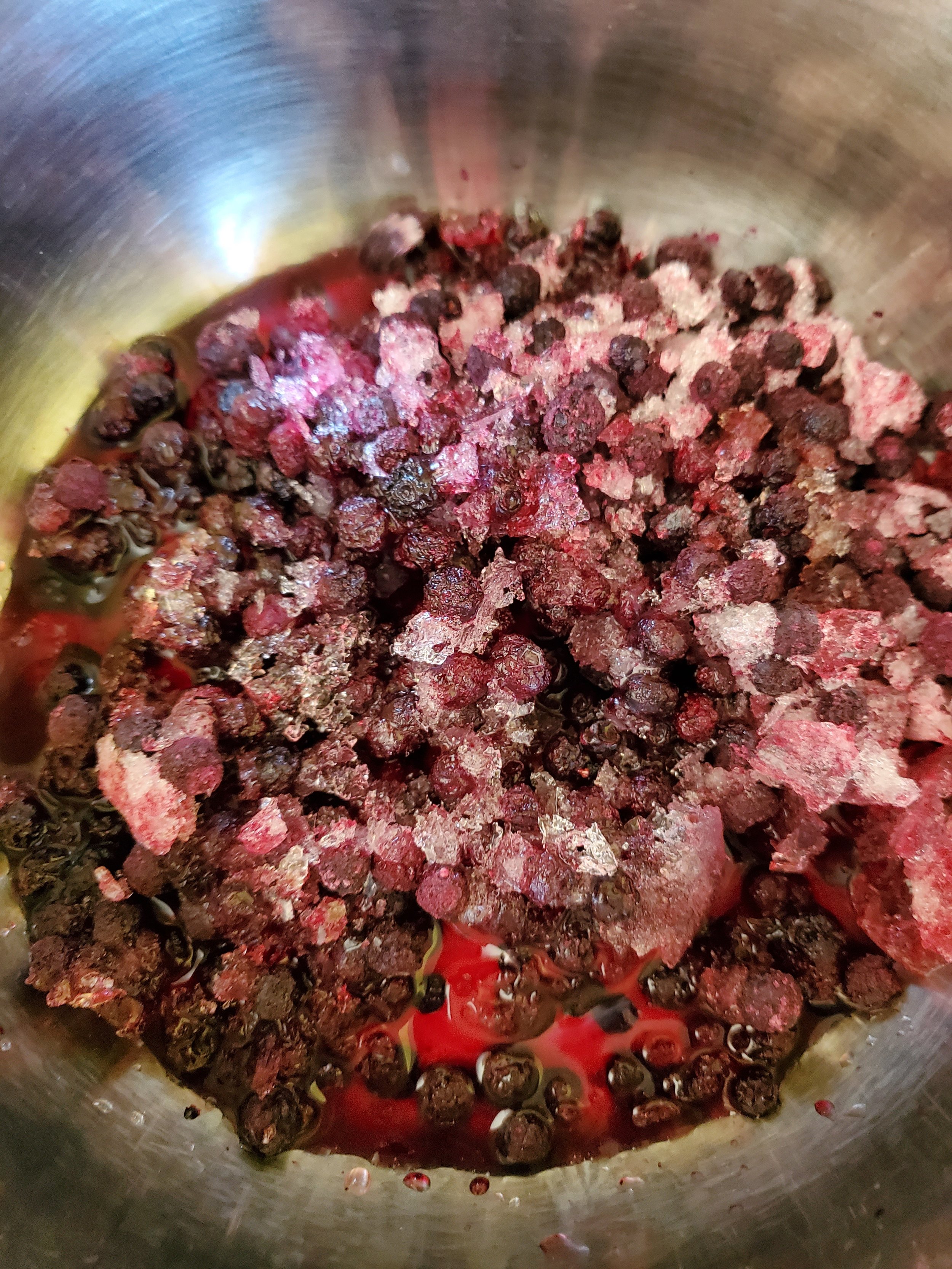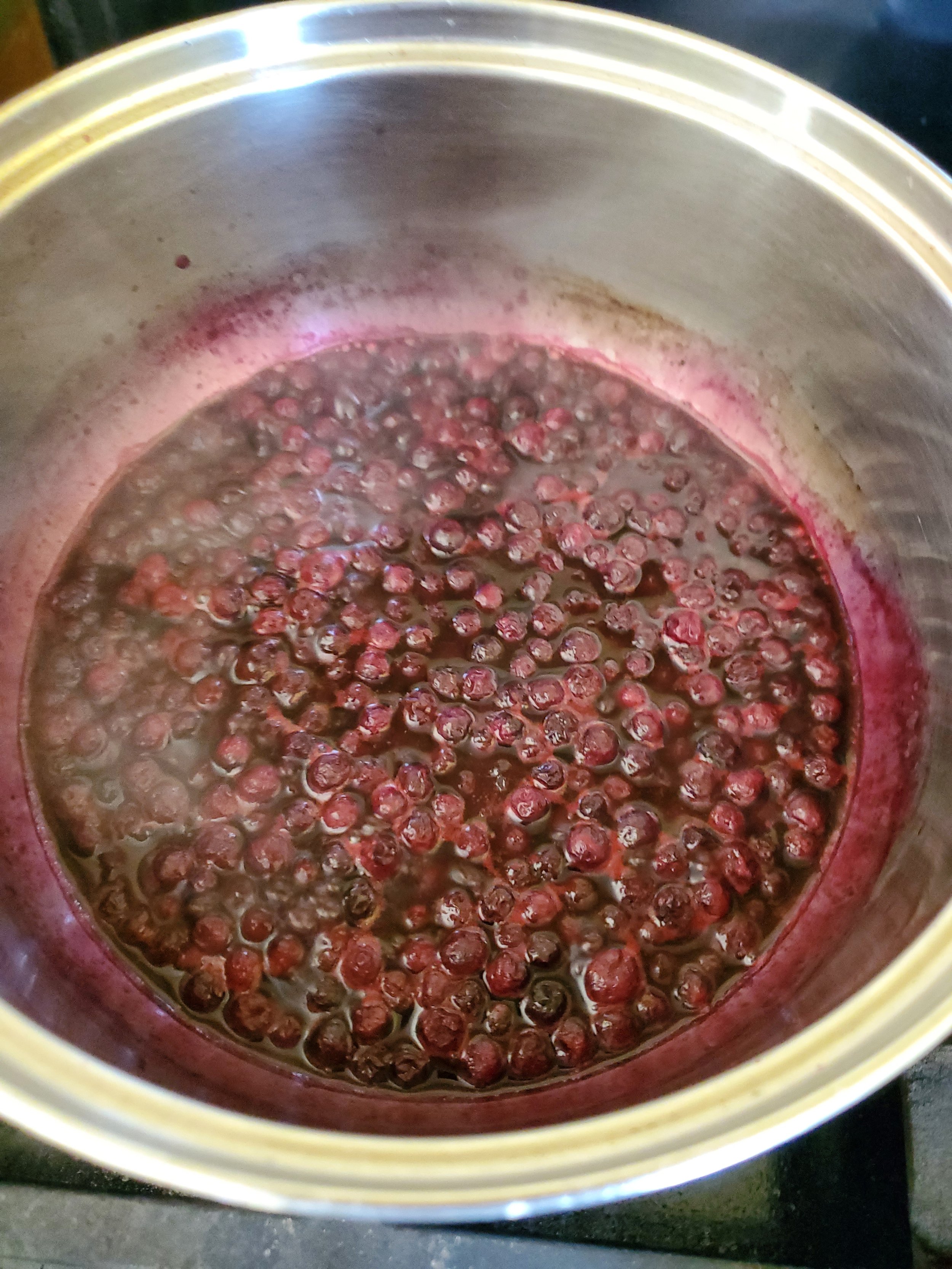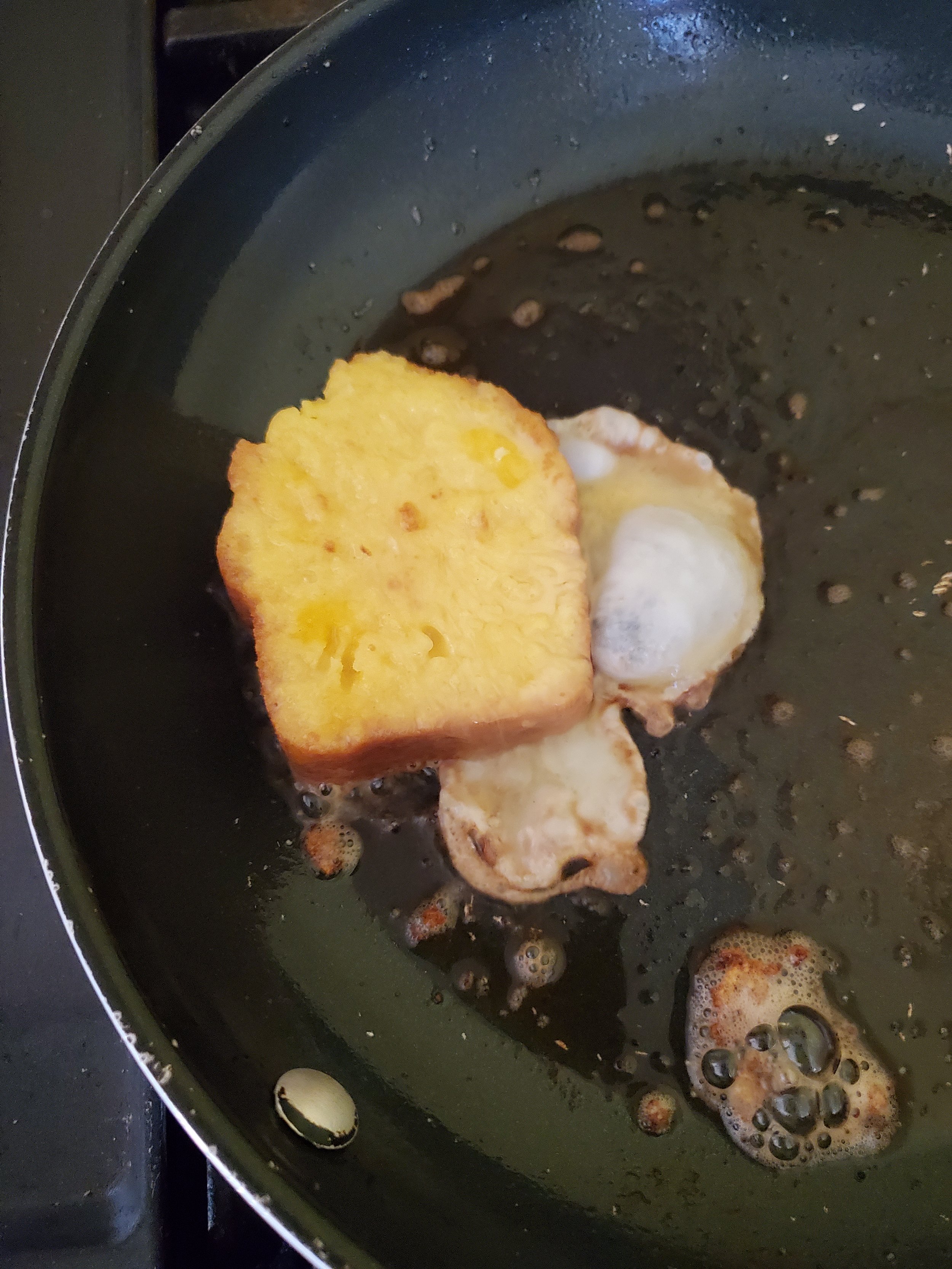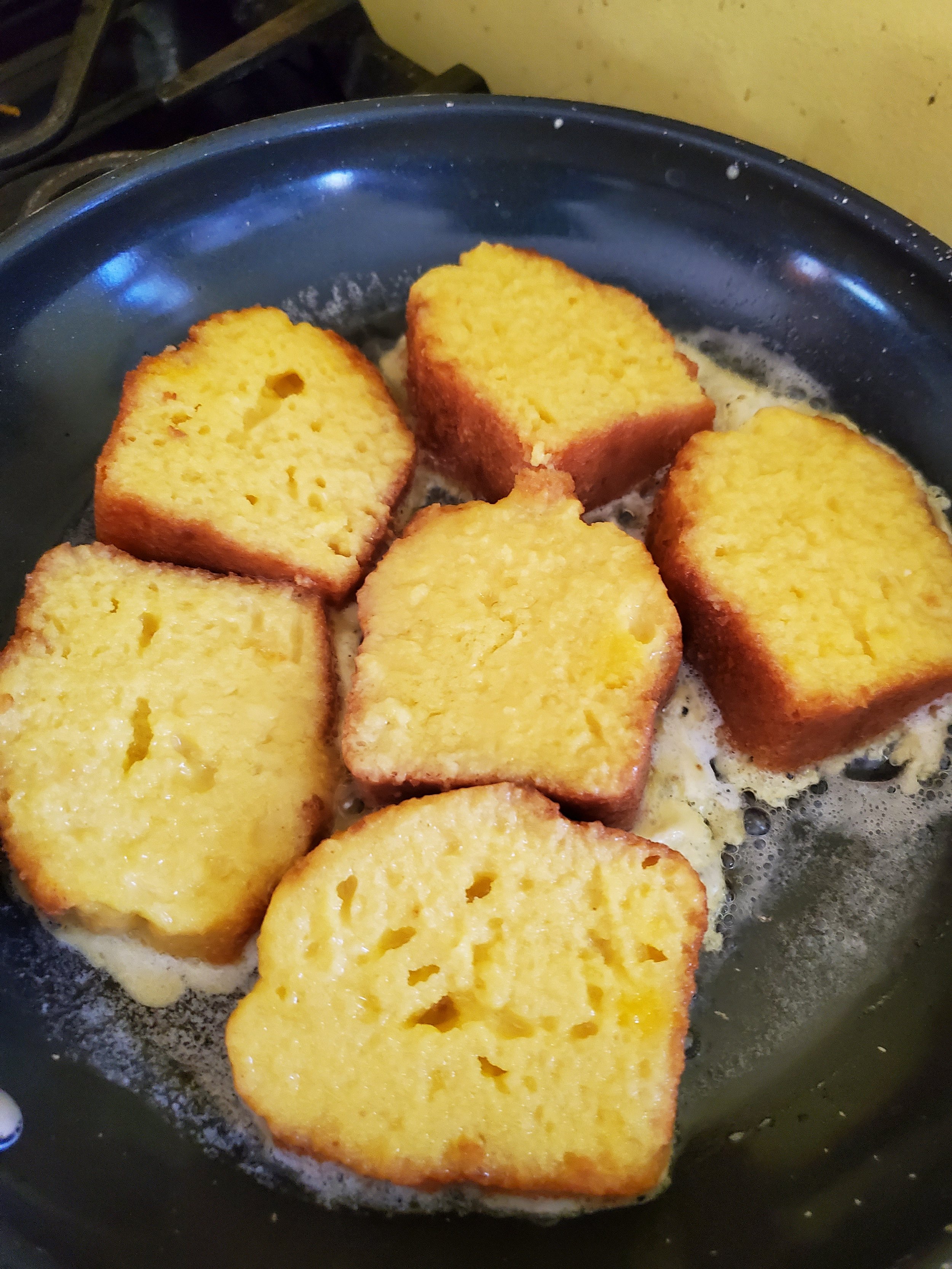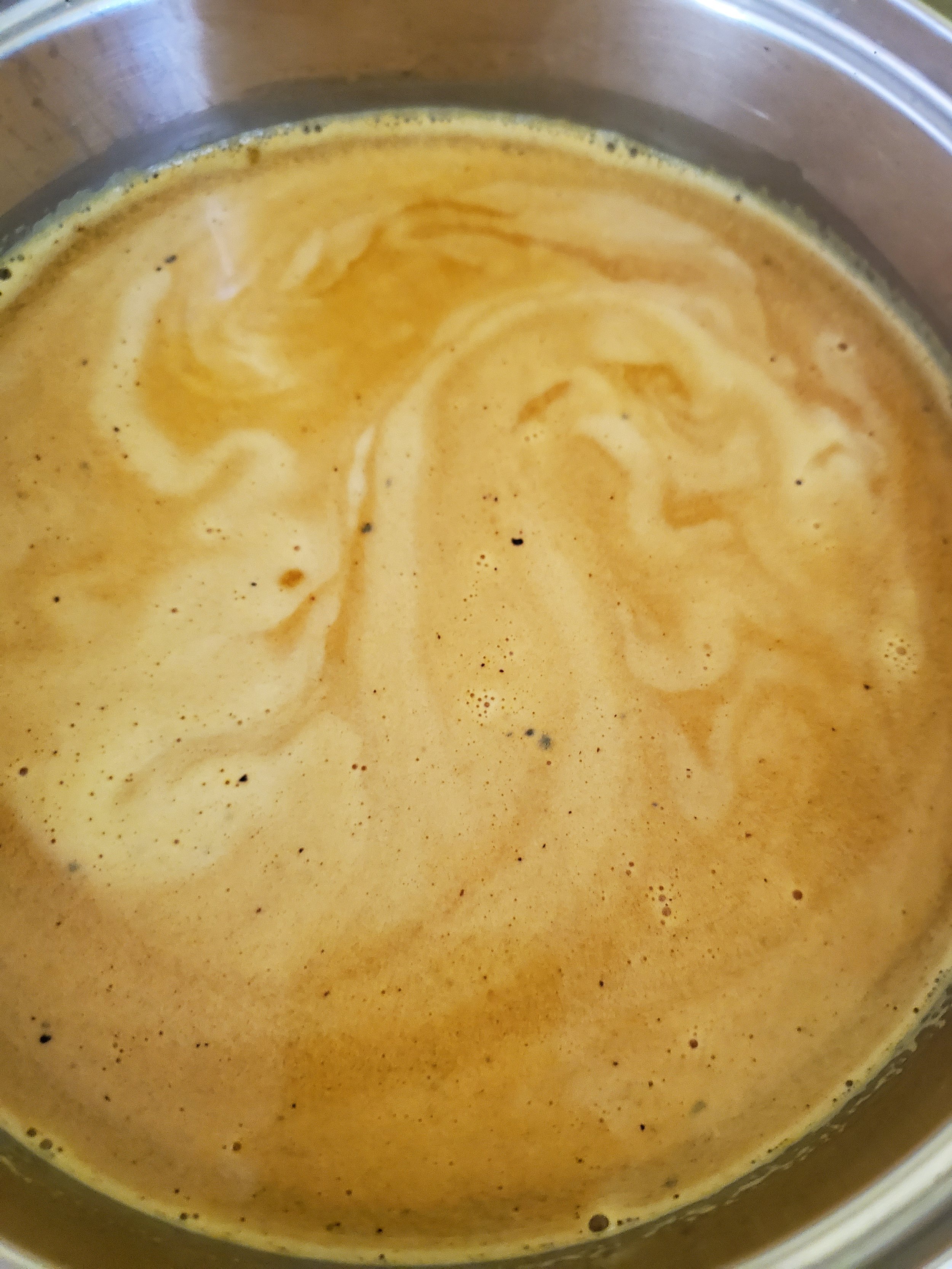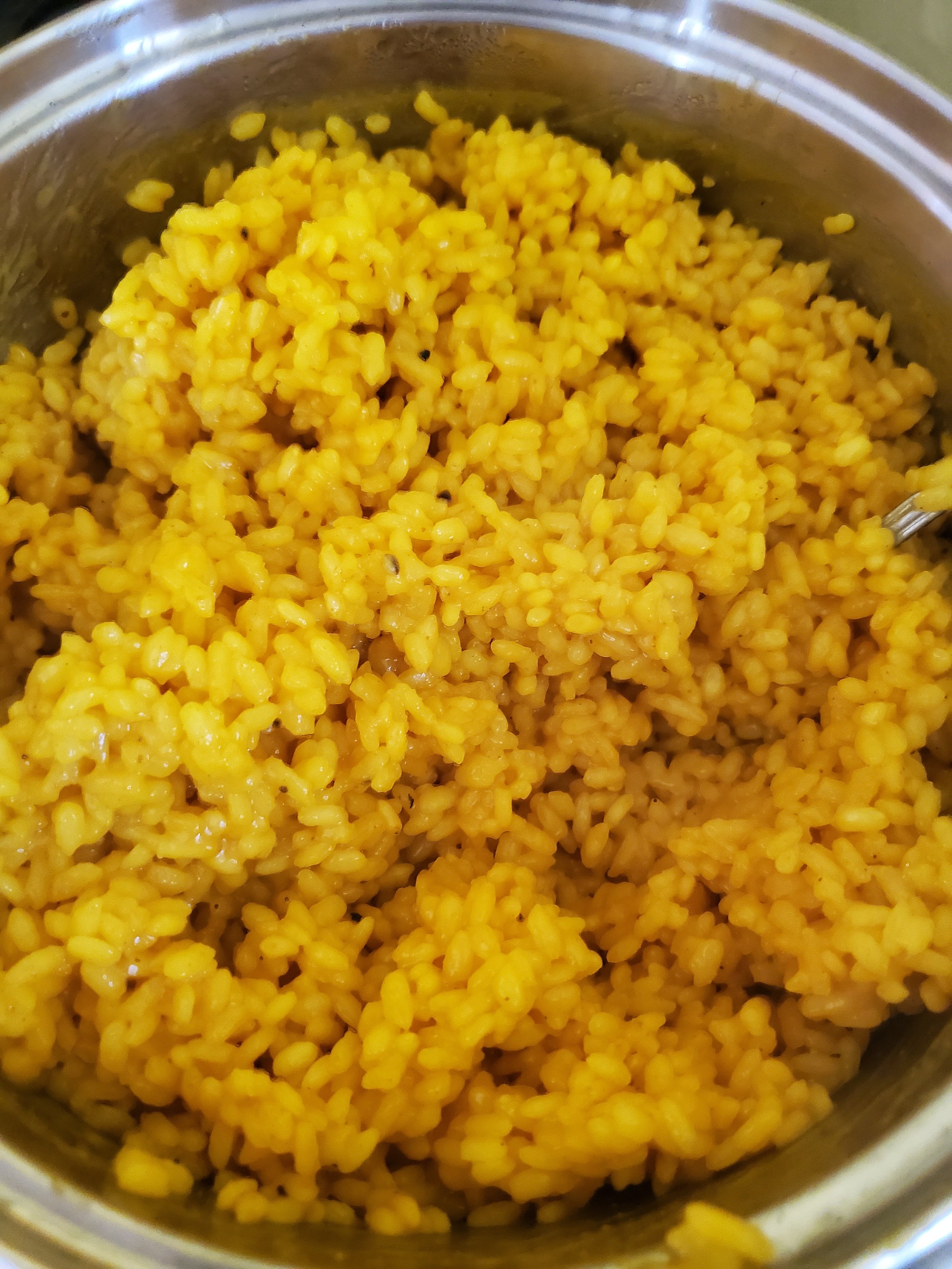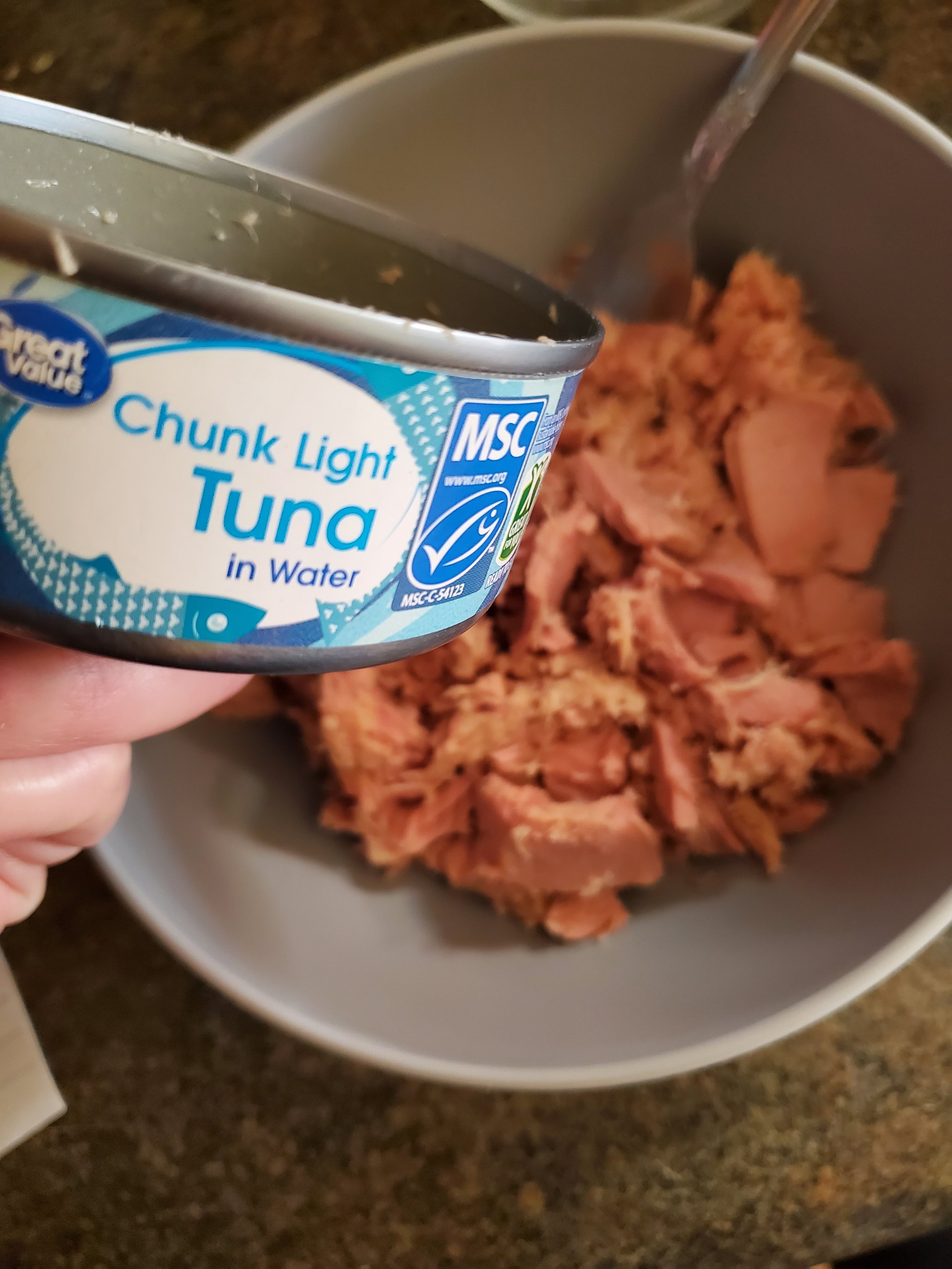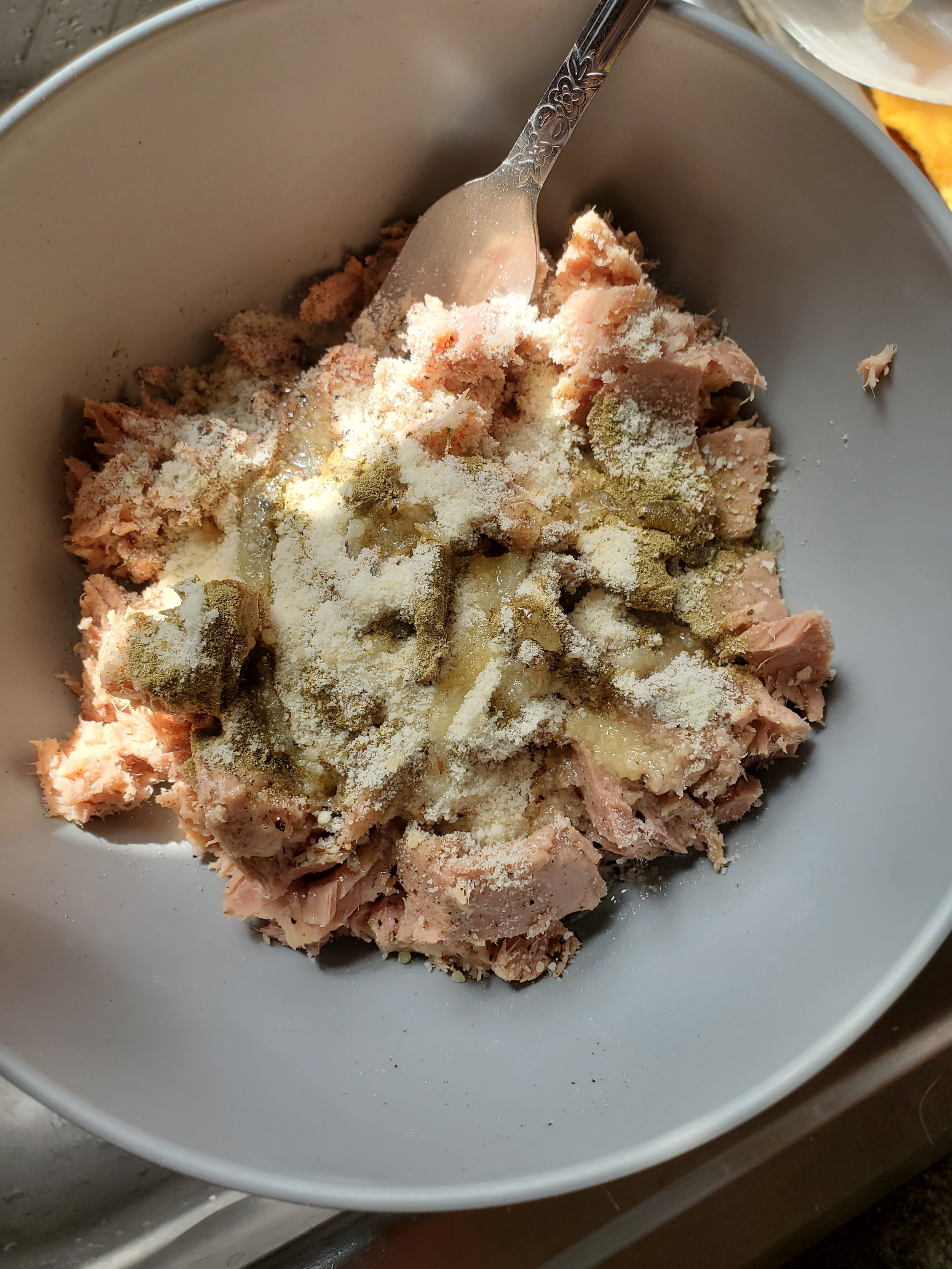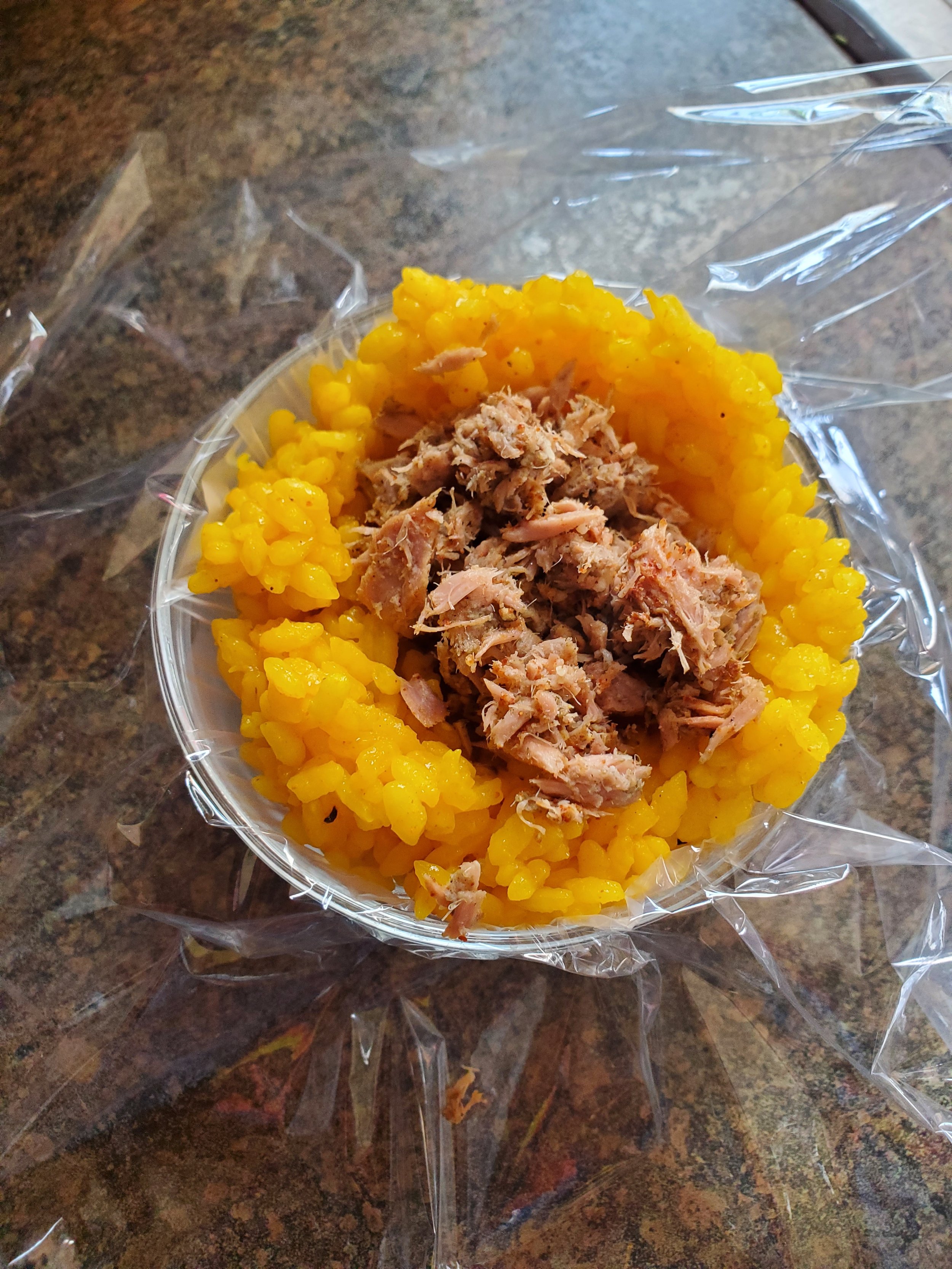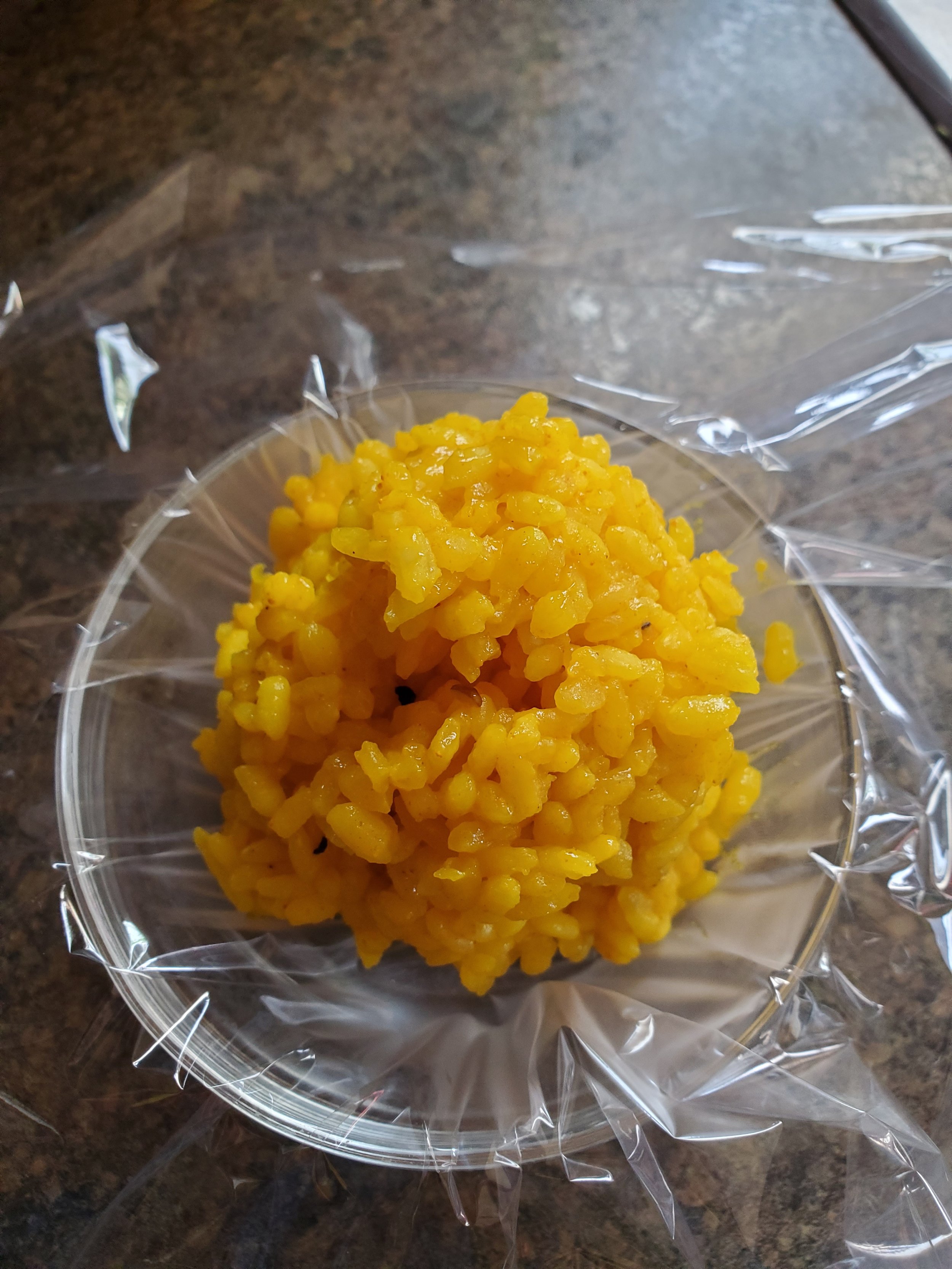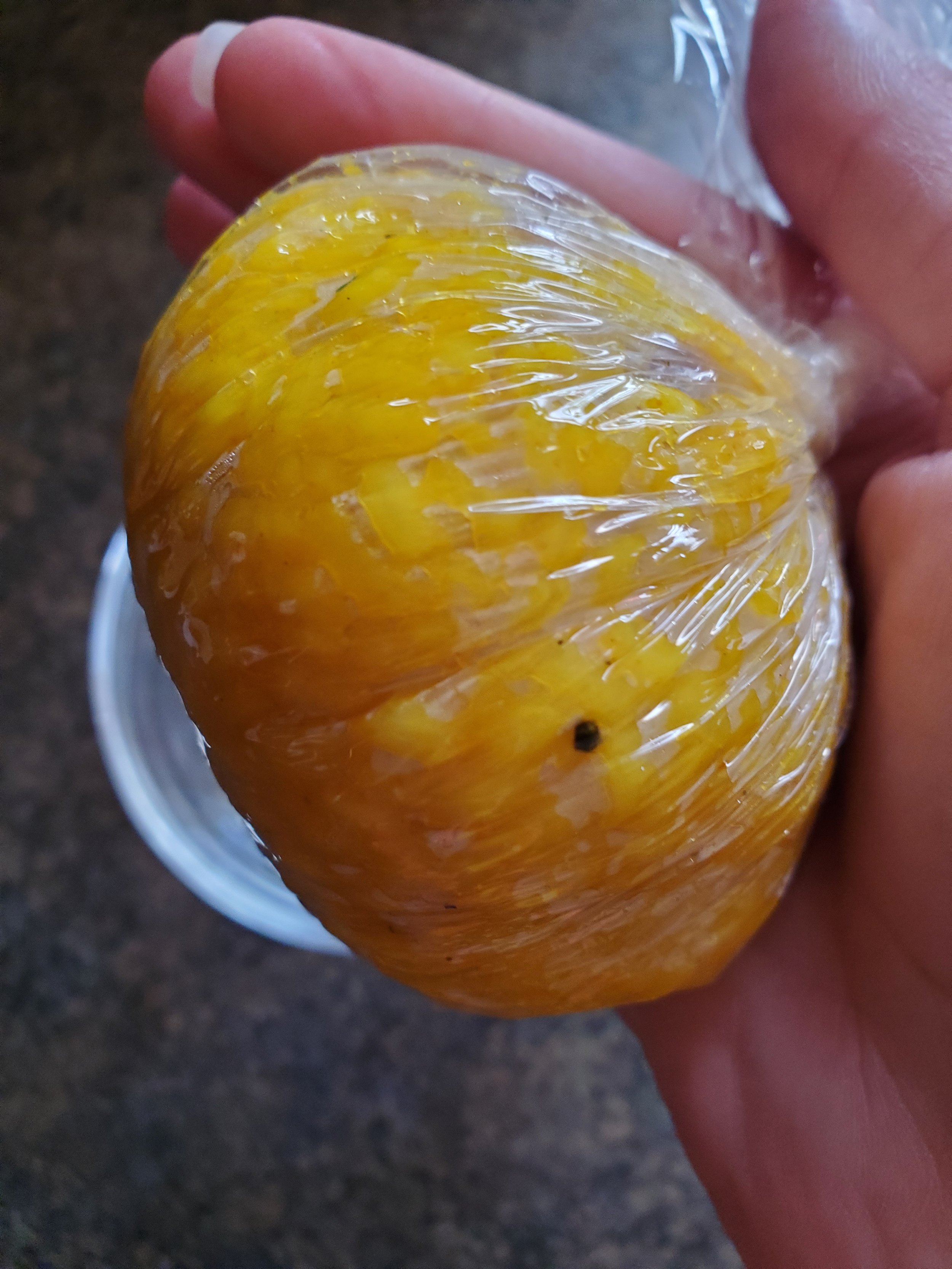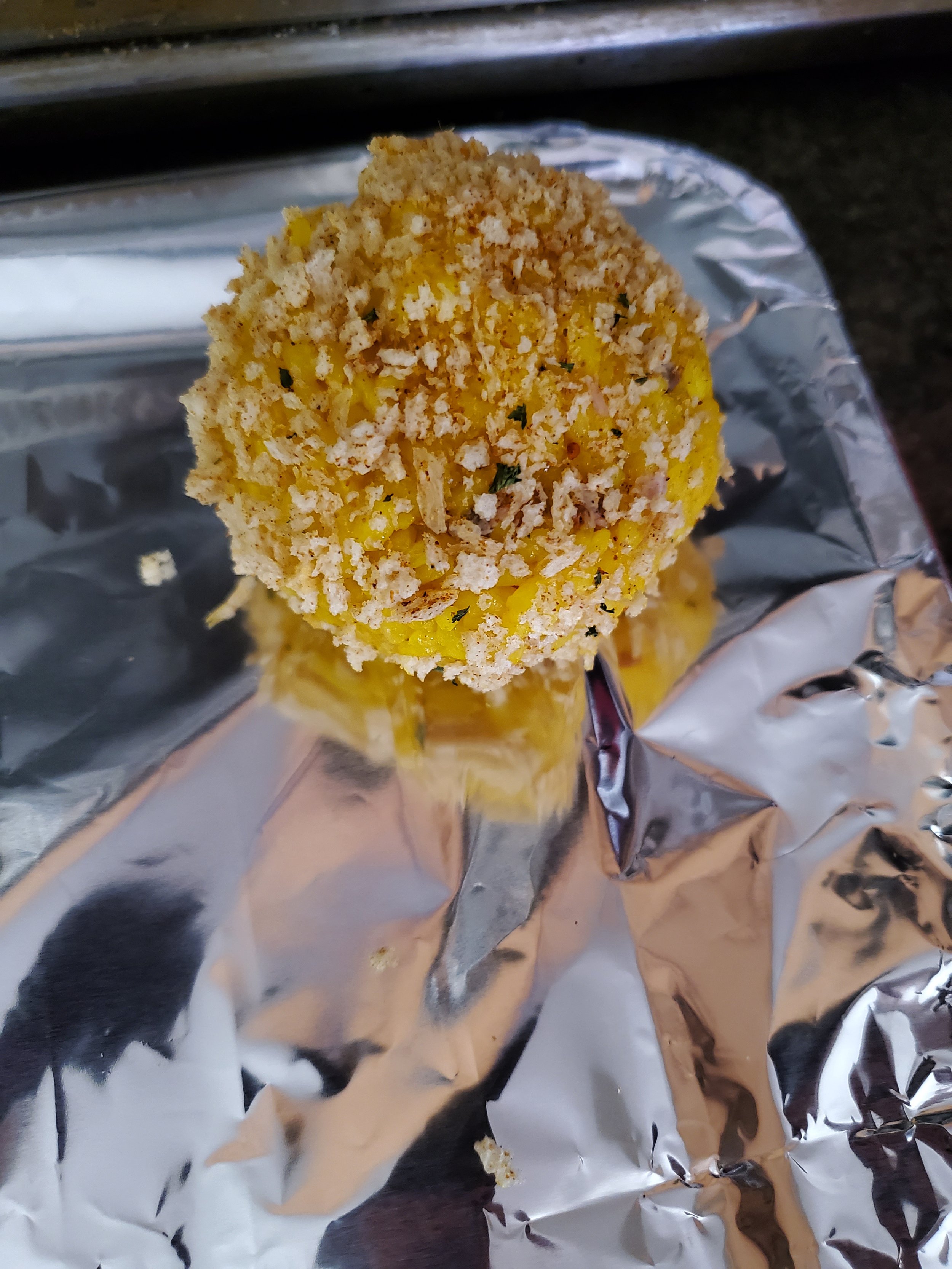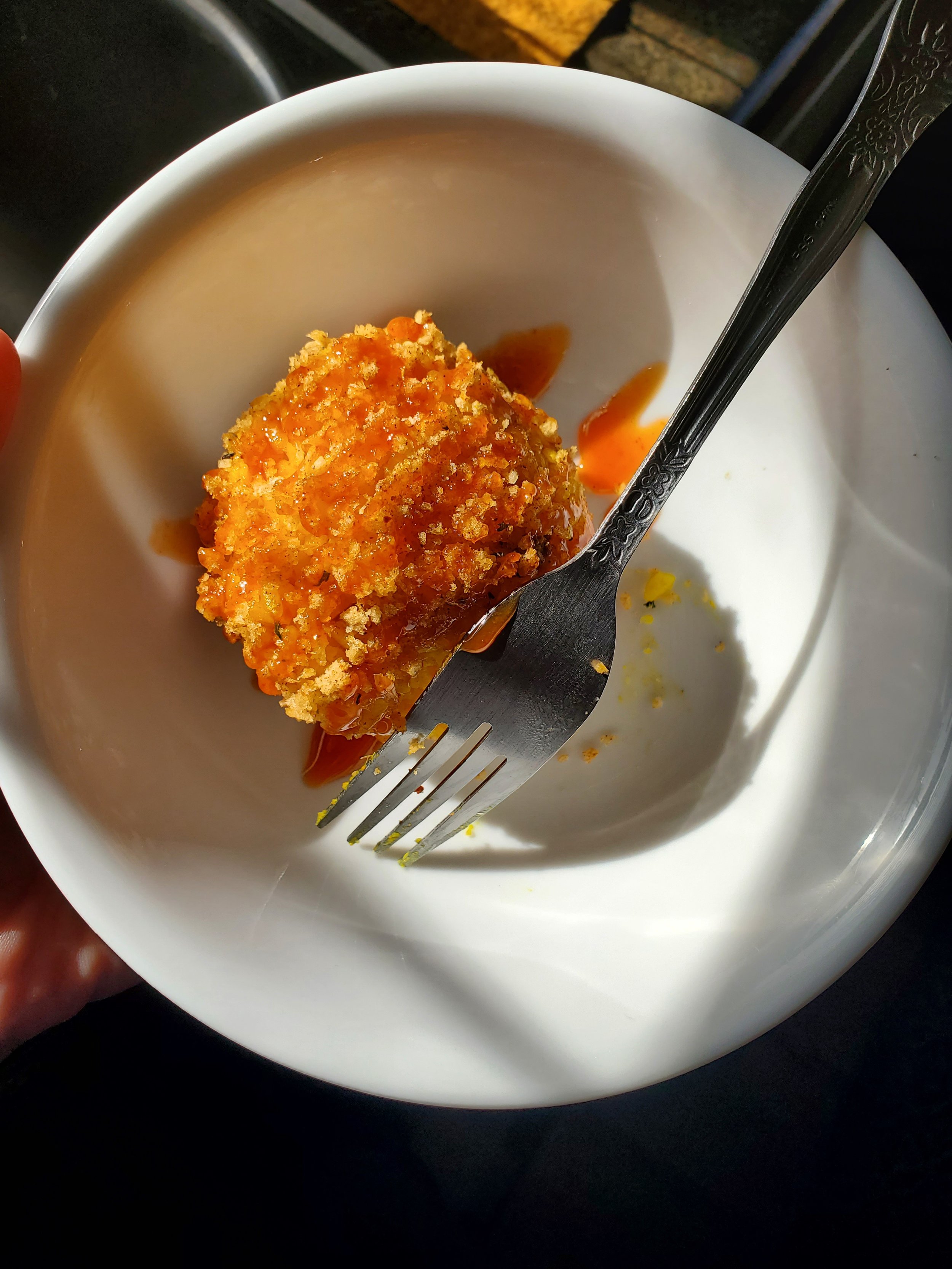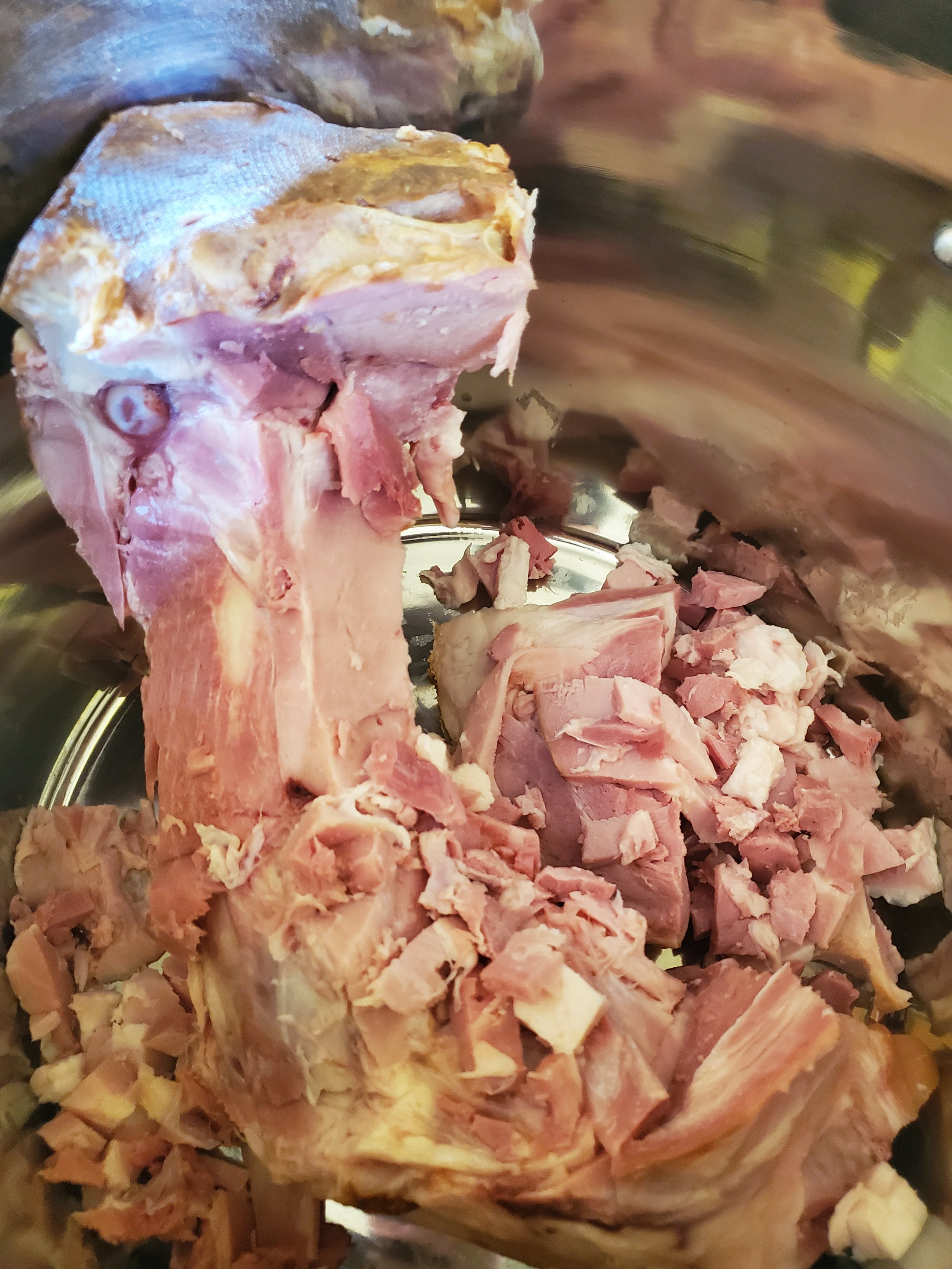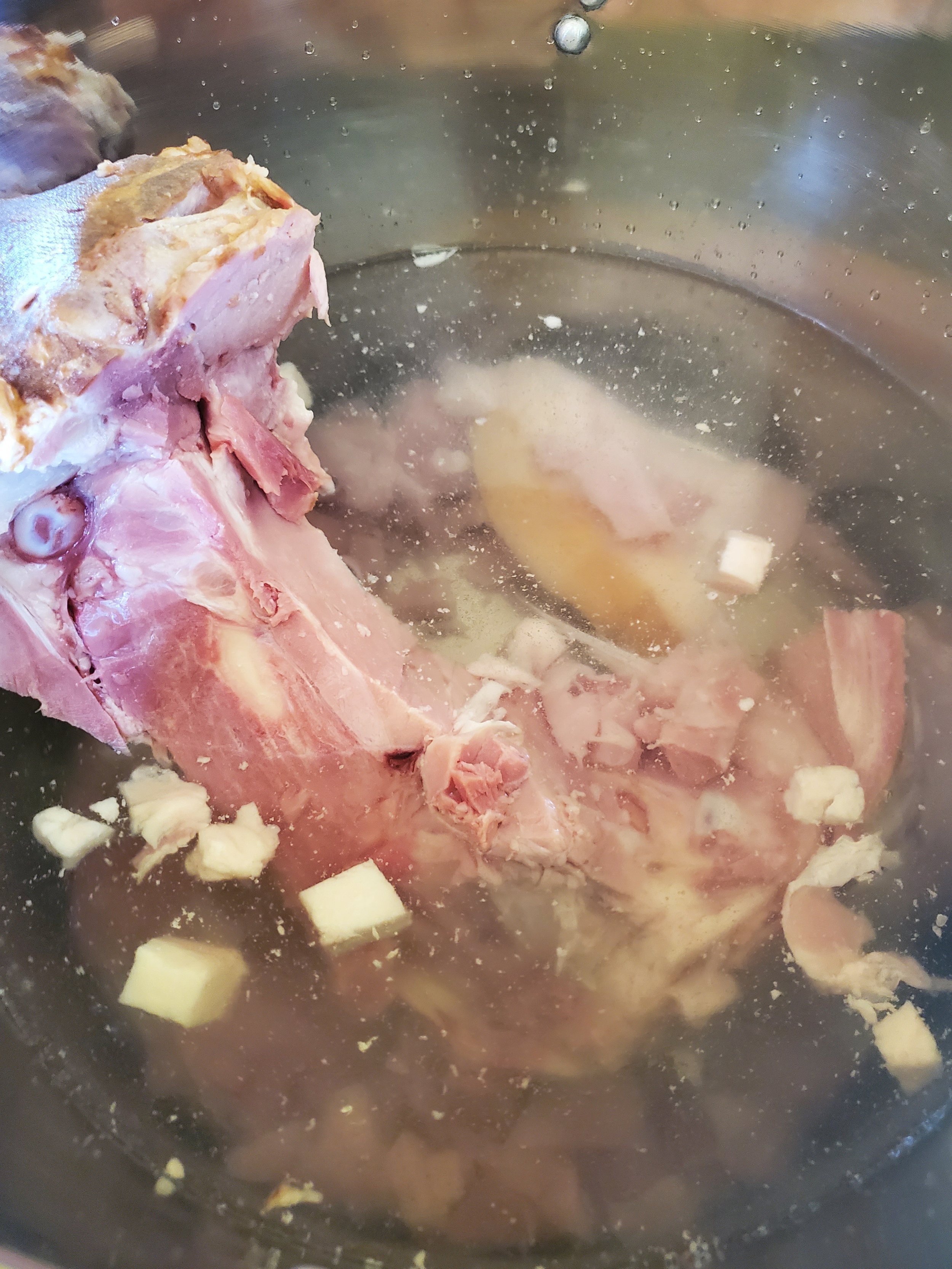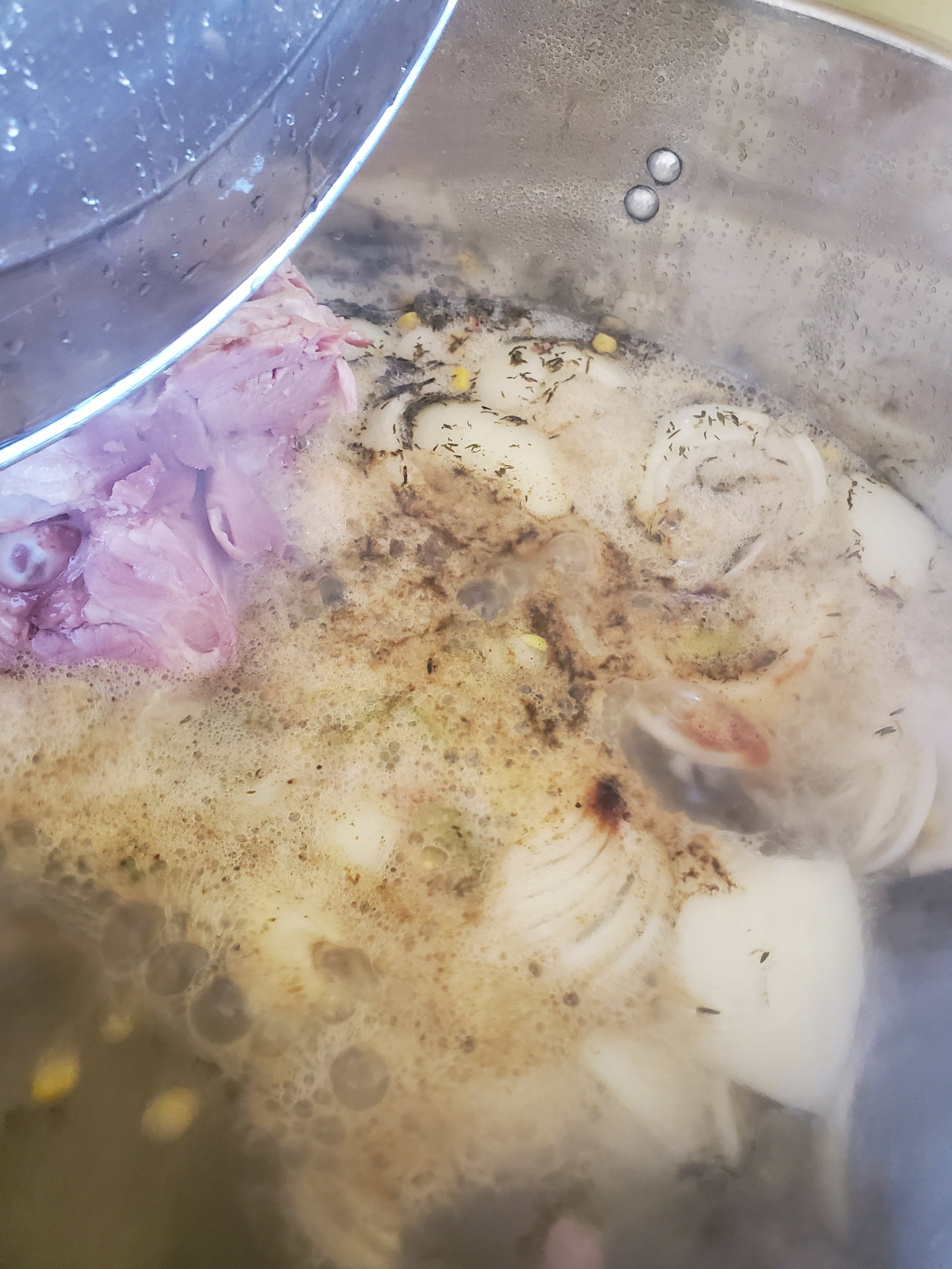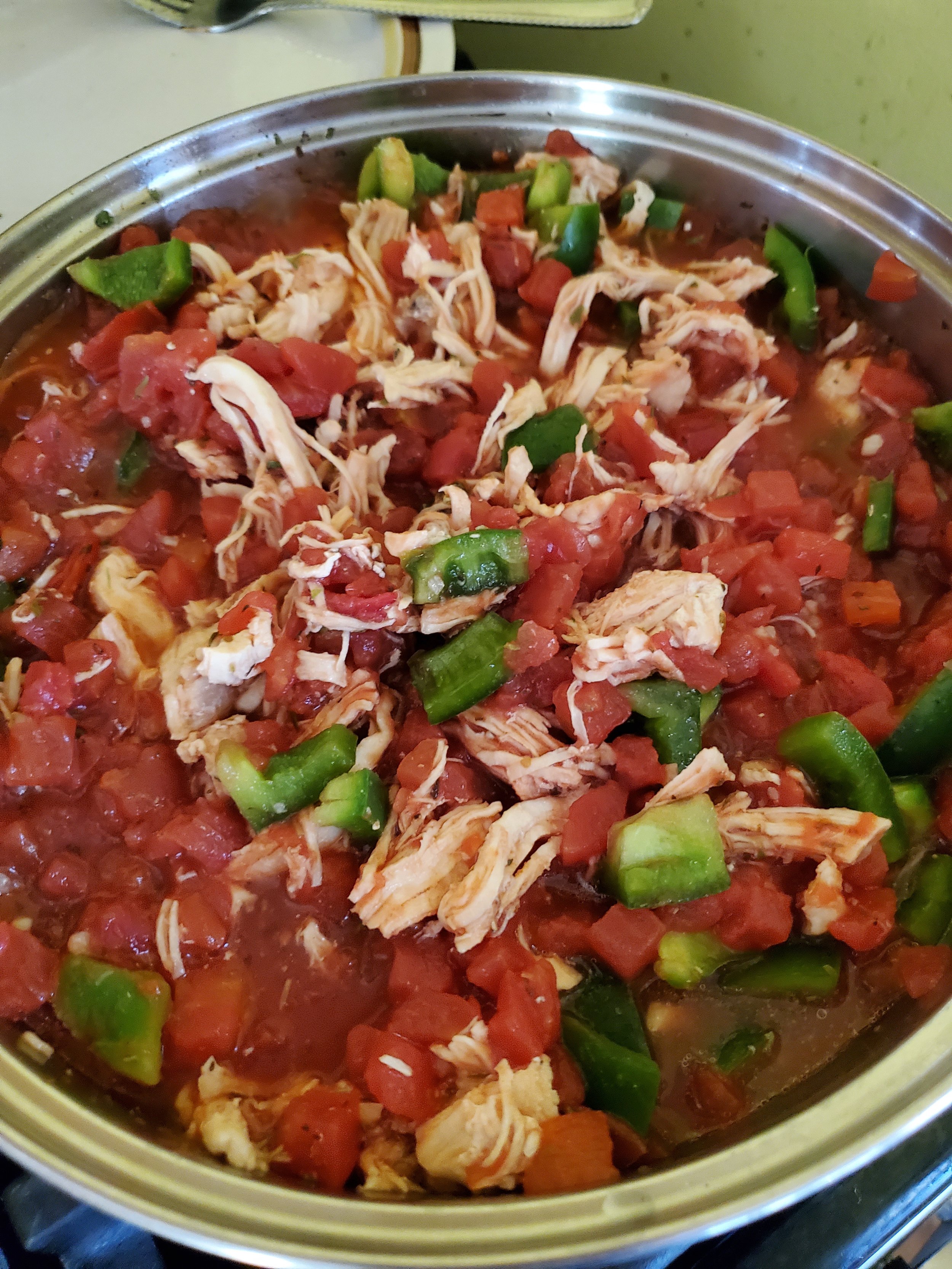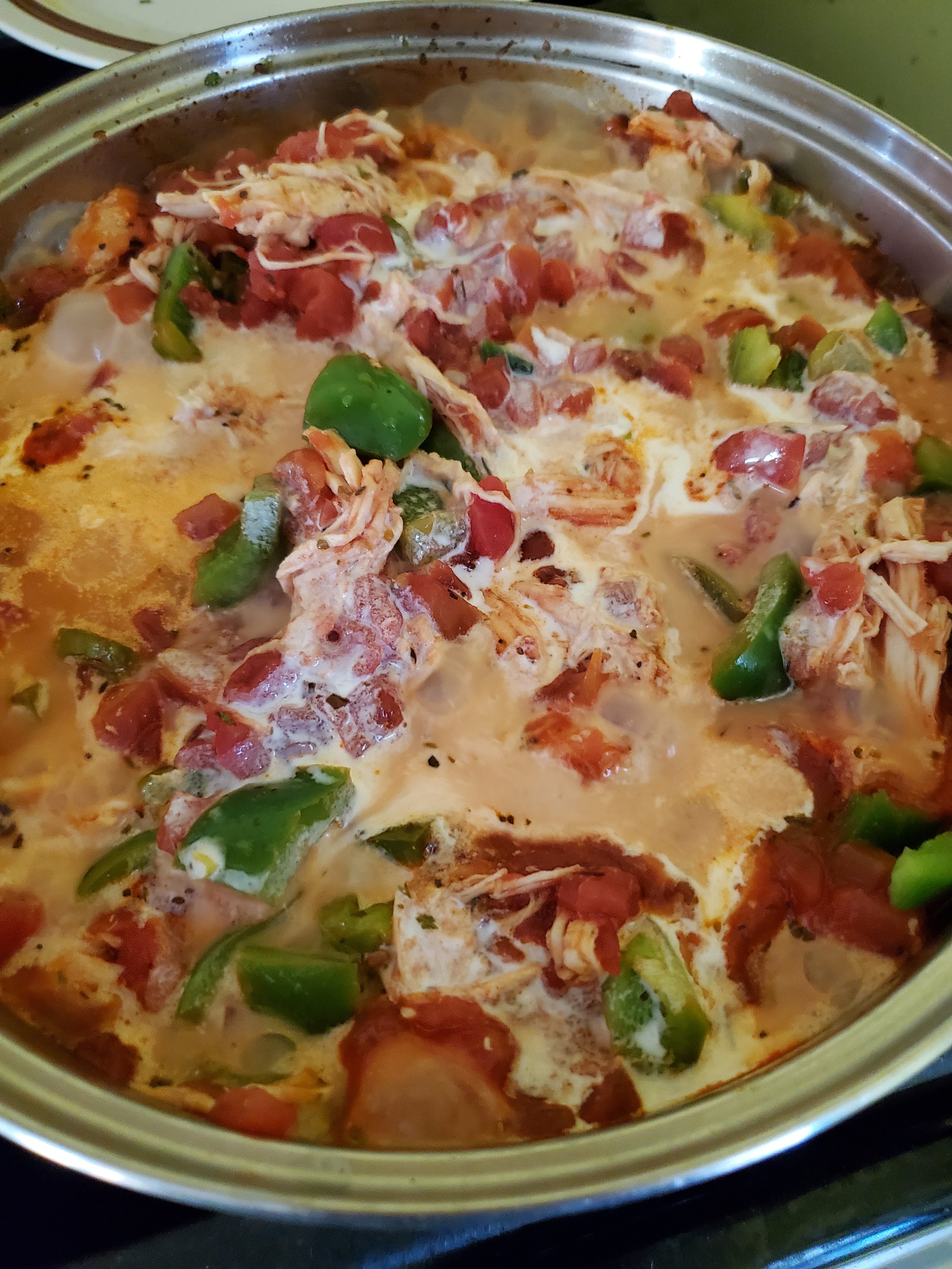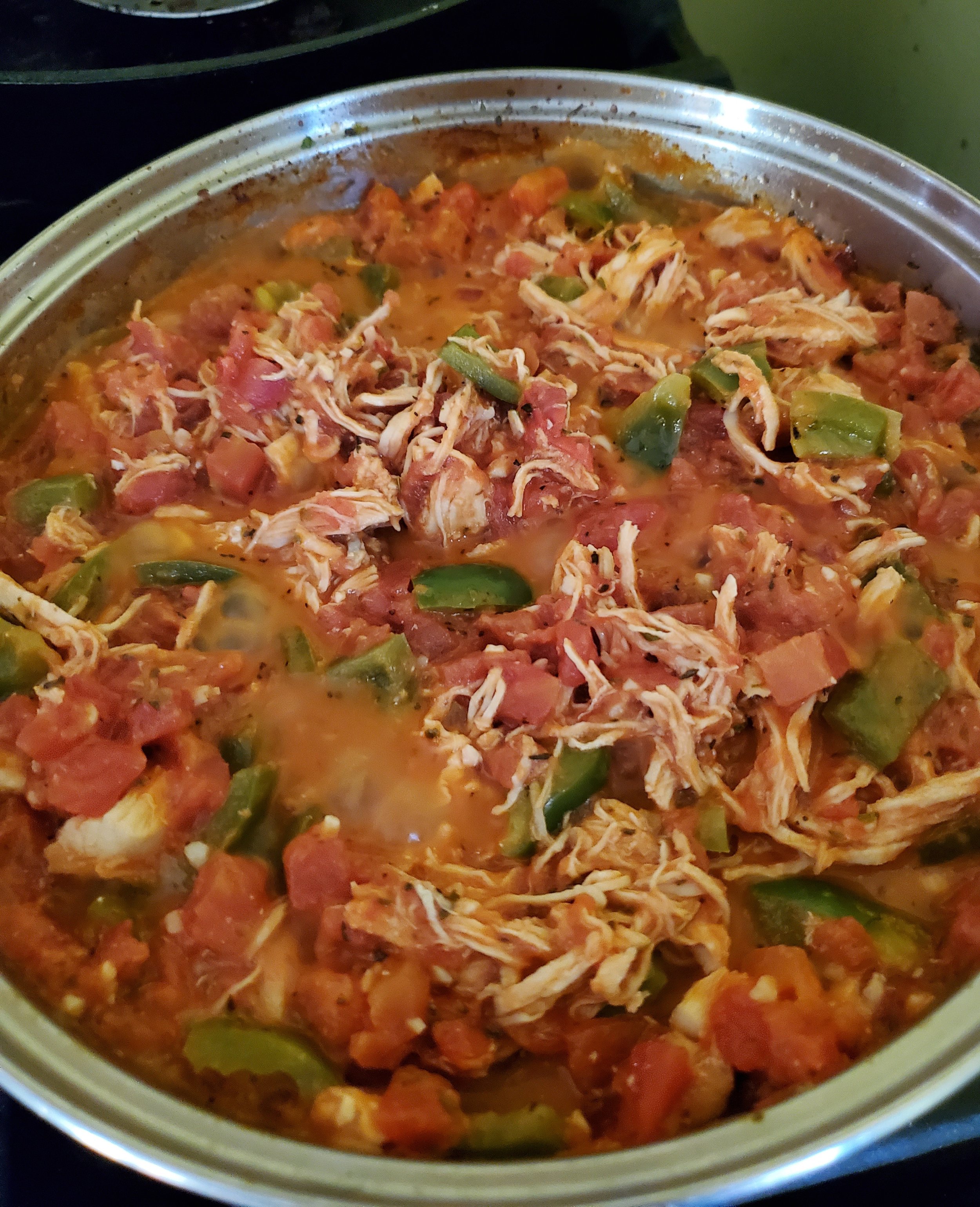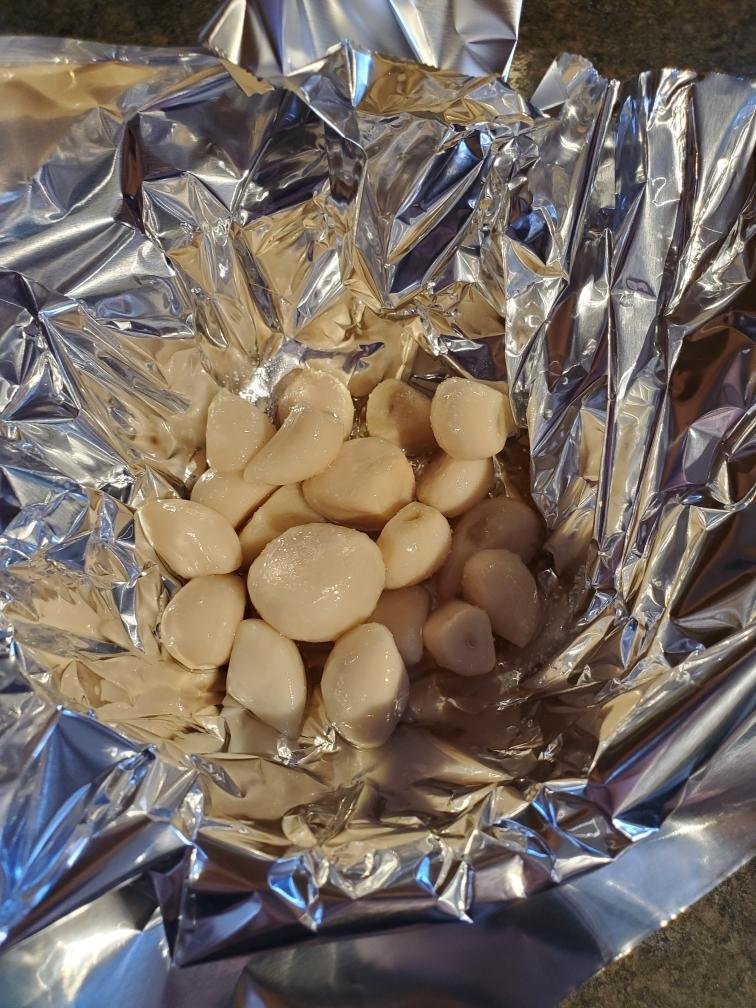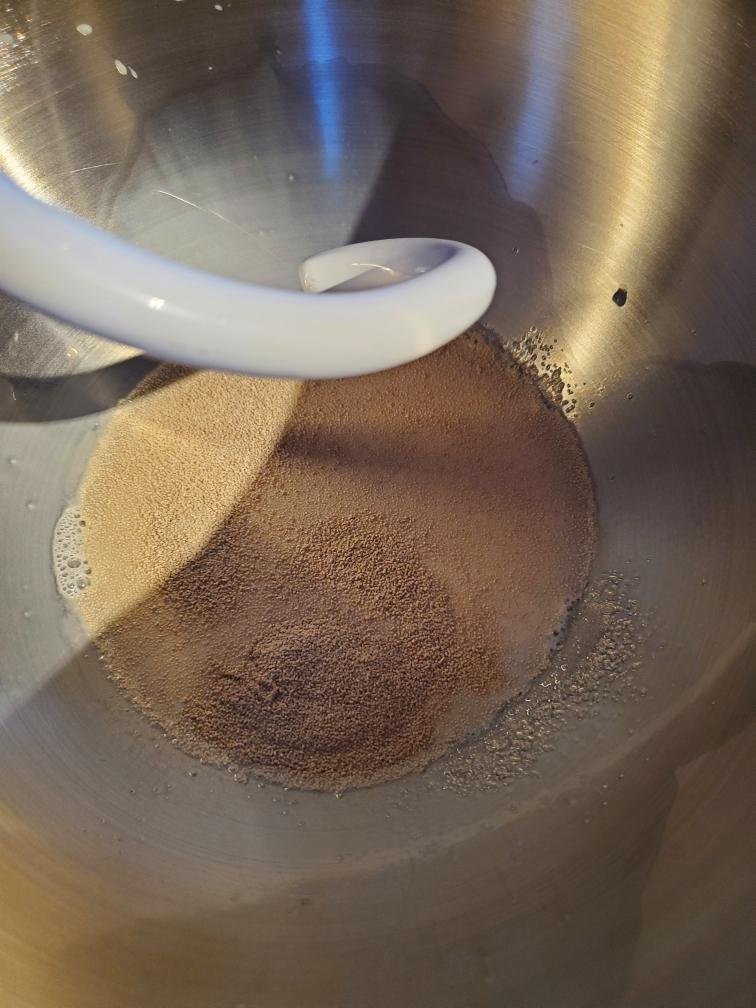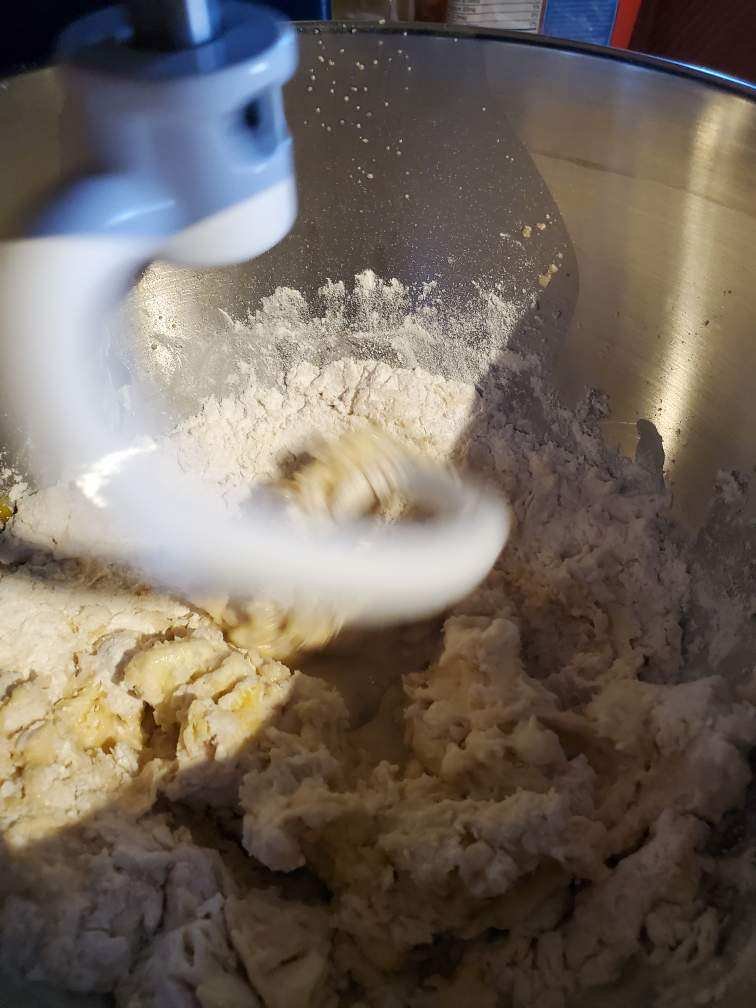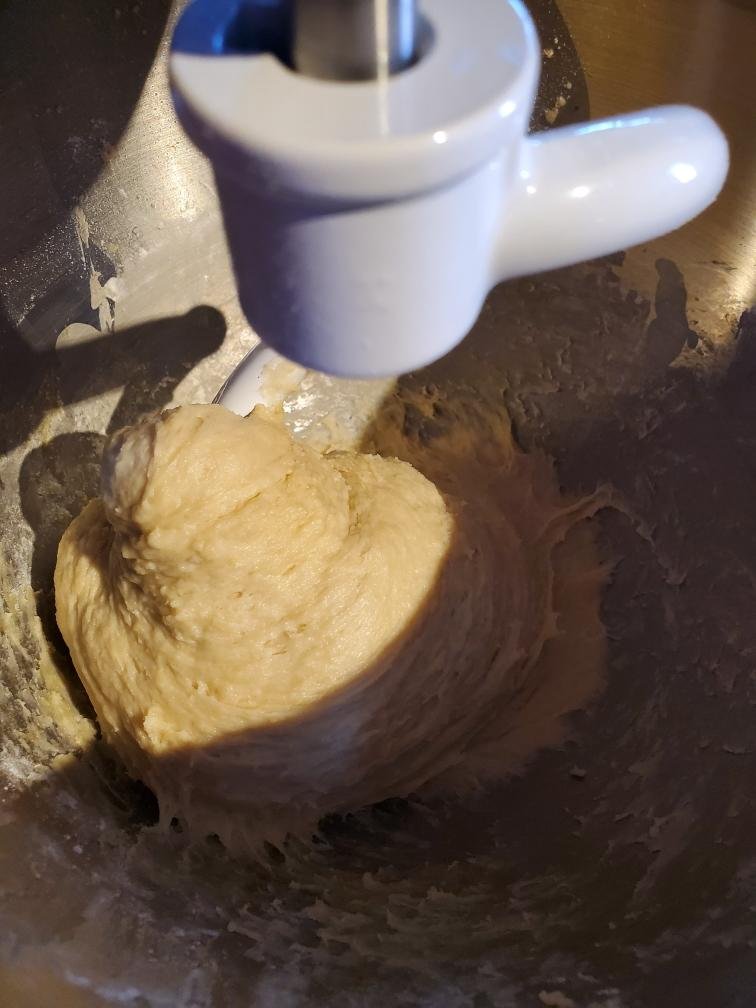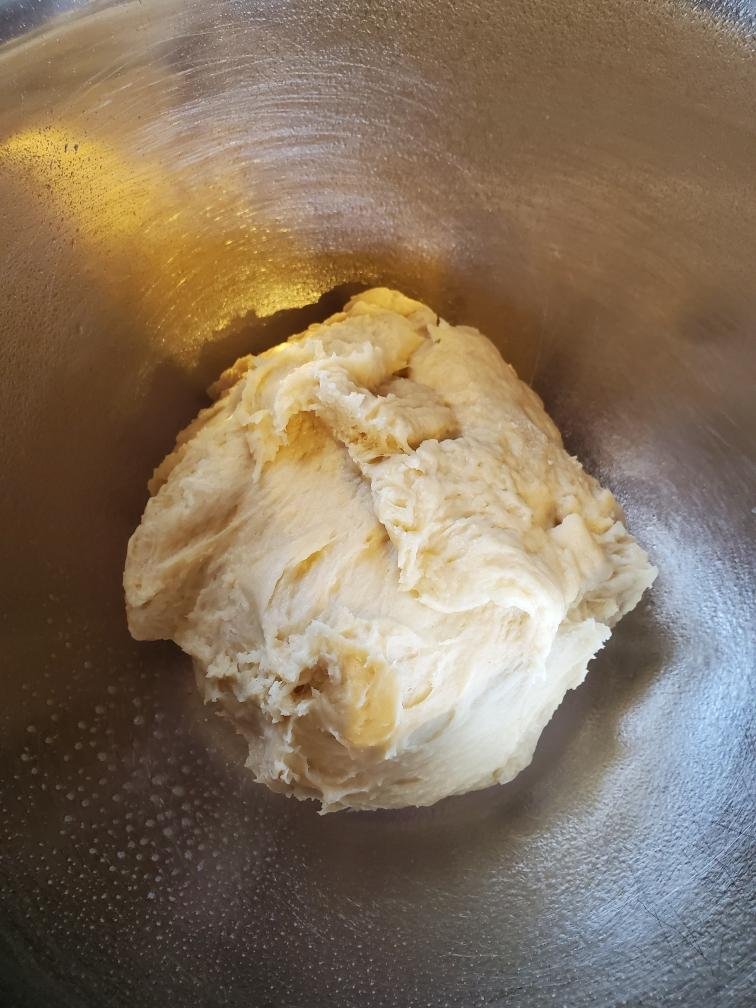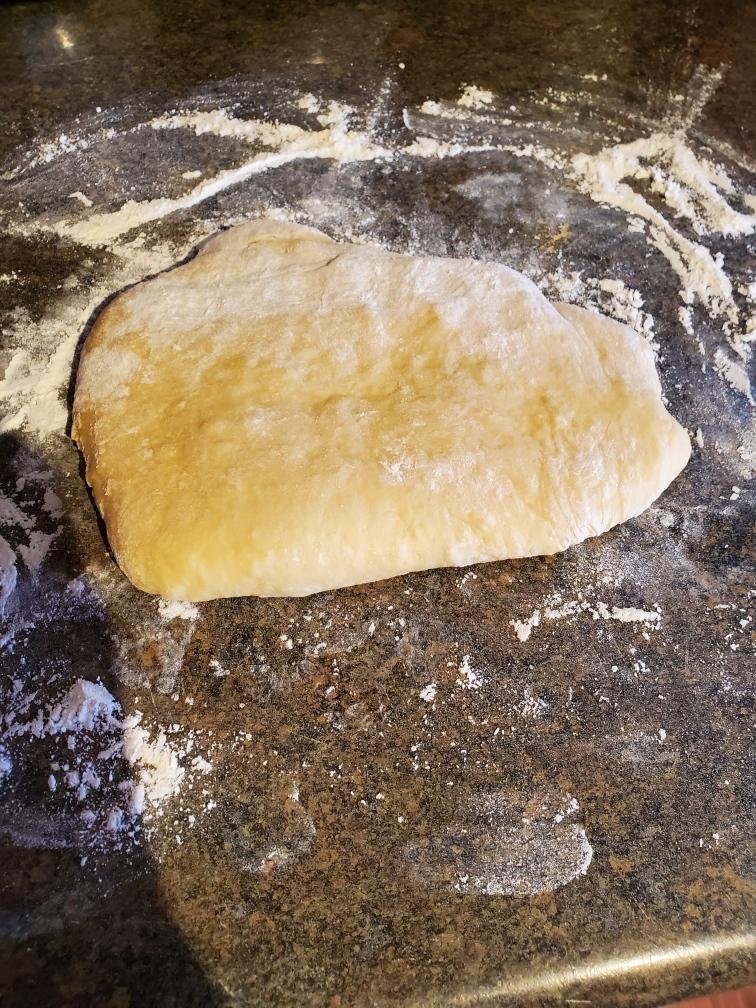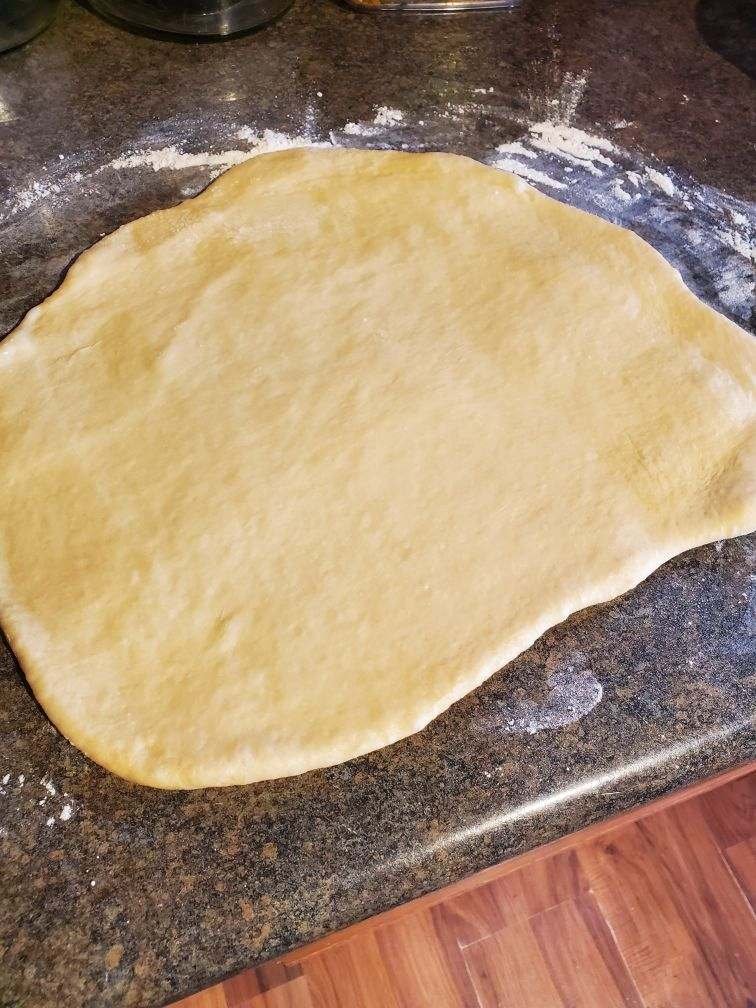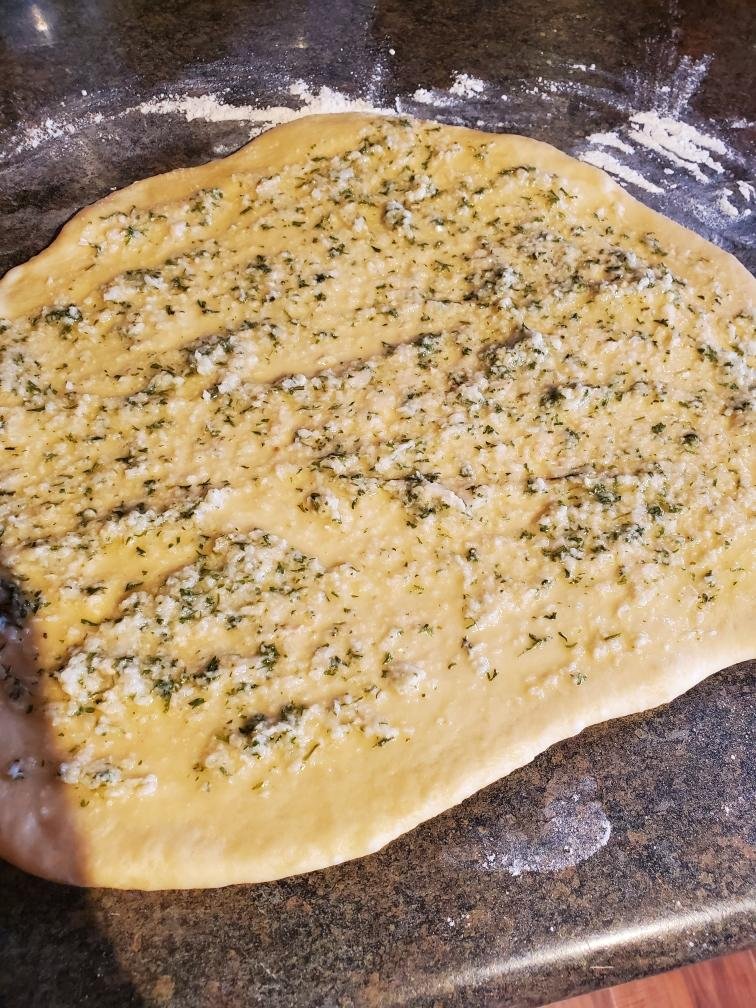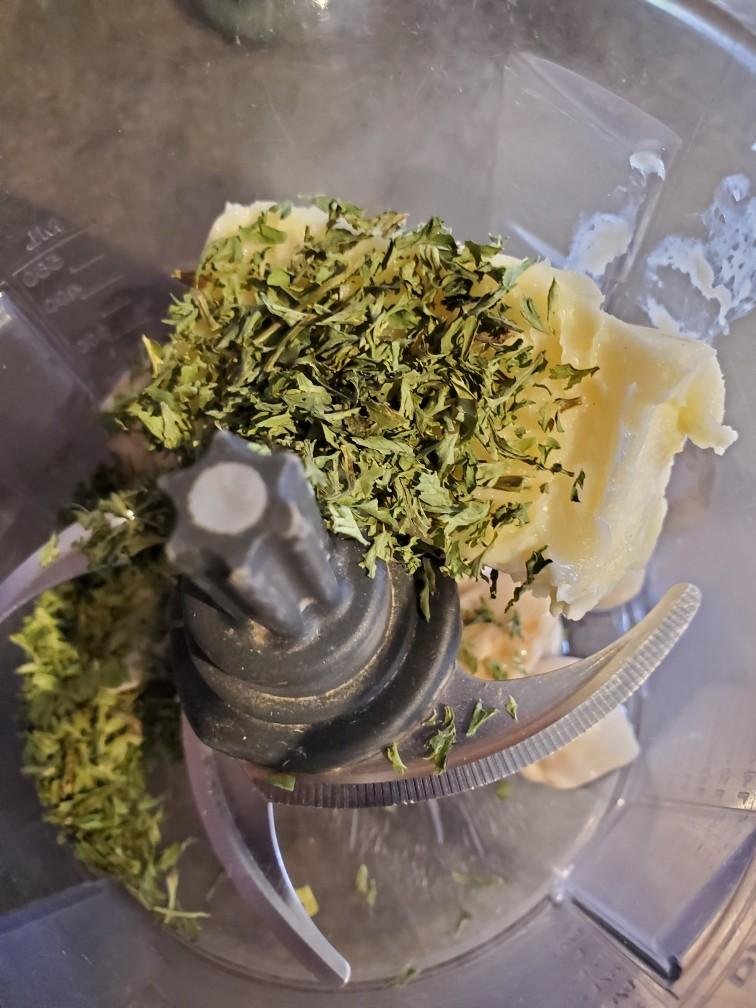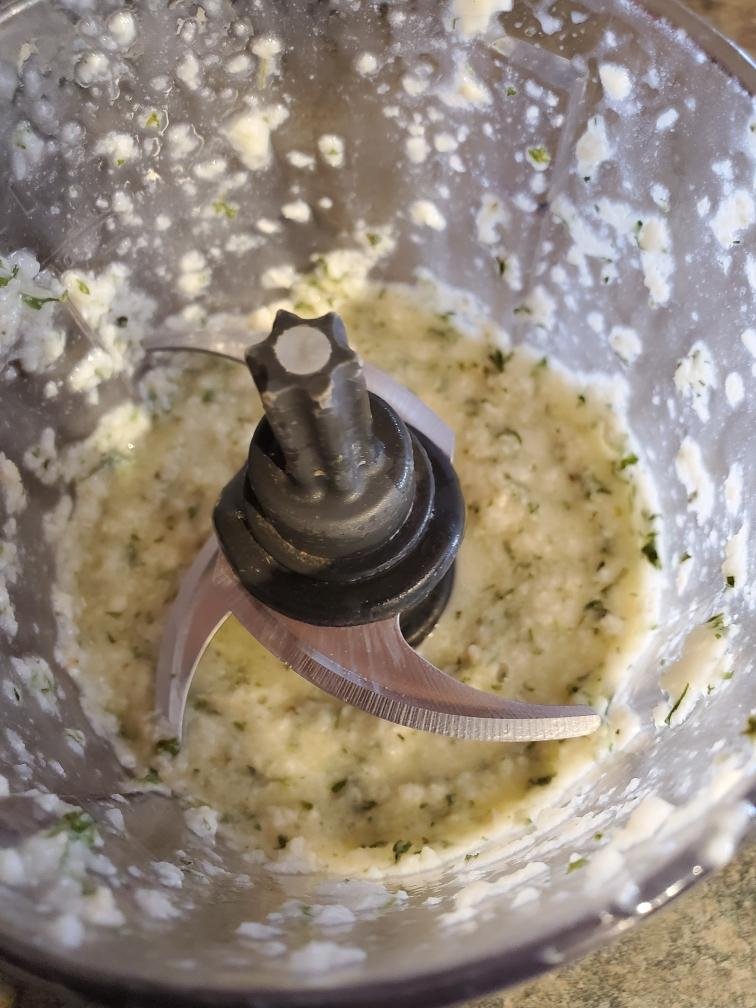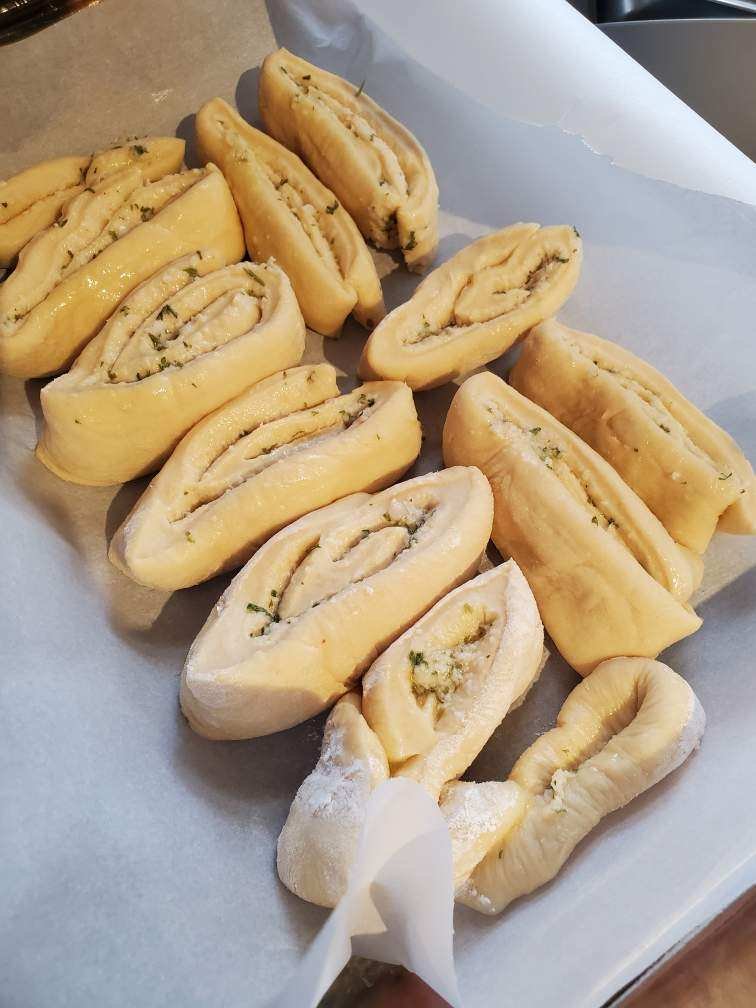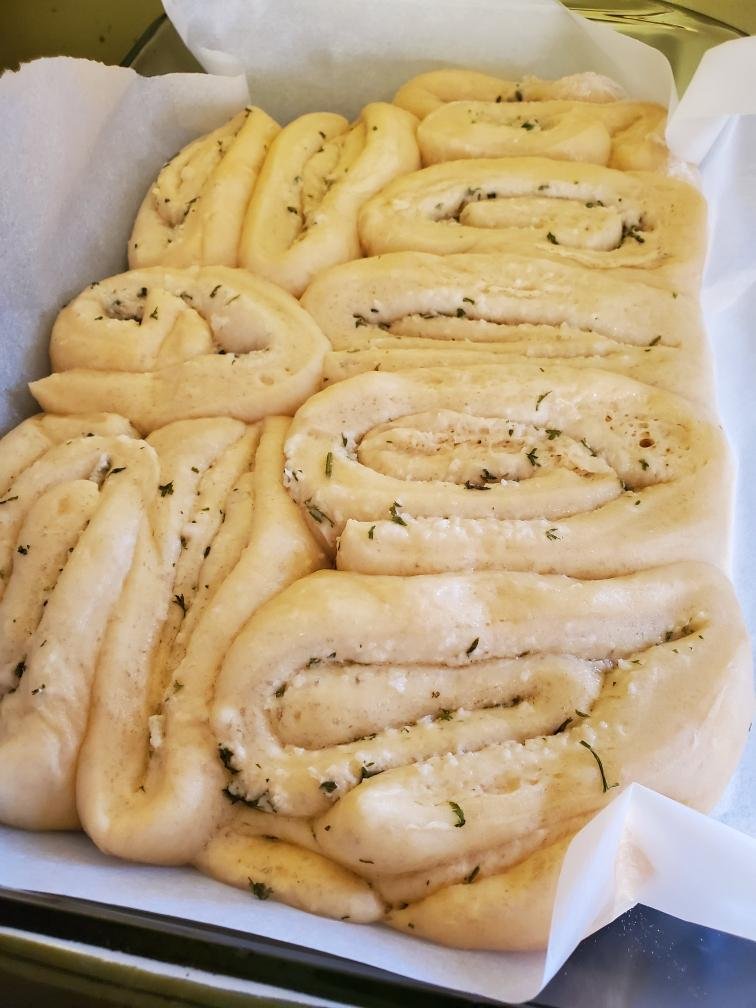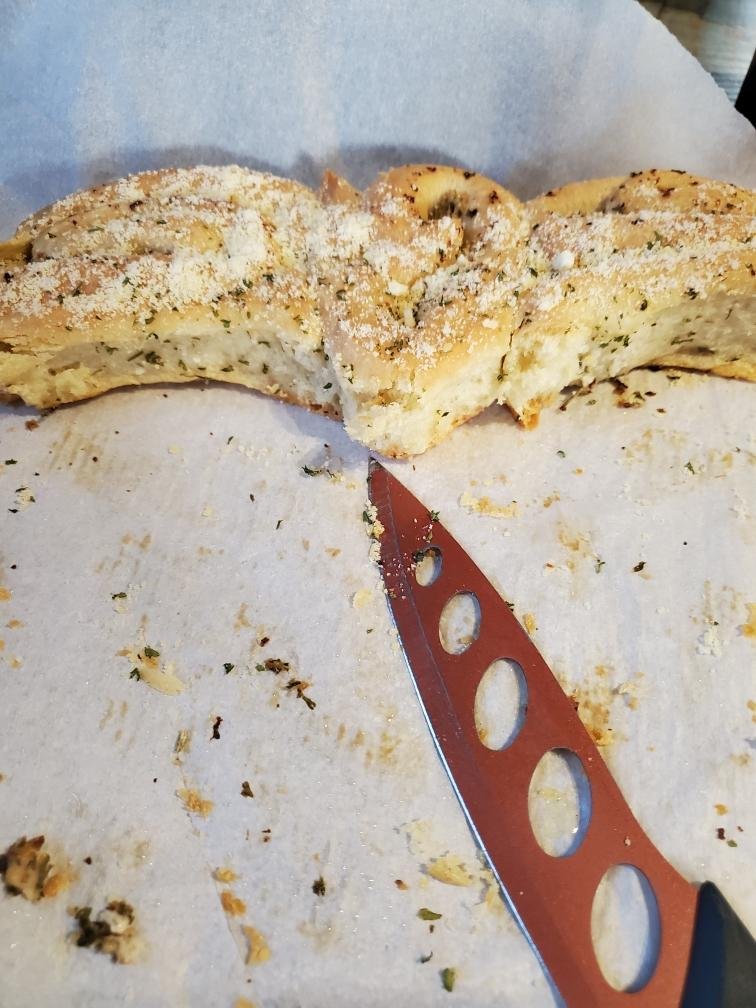Easy Steps to Turn Leftover Cake into Breakfast Bliss
Have you ever bought or made a cake for an event or even just because you could, expecting it to disappear... then realized later that basically all of the cake was still there? Maybe you didn't have the turnout you expected. Maybe your family just wasn't terribly interested in the cake. It doesn't much matter why, but somehow you have a whole cake sitting there that you aren't about to scarf on your own.
That's us this week. We got a lemon cake from the grocery store, cut it up, and that was about as far as it got. So now we have 97% of a lemon cake and we... Well, we don't like lemon cake enough for that silliness.
Time to get inventive! Thus, lemon cake French toast with blueberries.
Full disclosure: we used a two-day-old cake for this, not a fresh one, and it is assuredly store-bought. It's significantly sweeter and softer than the average homemade cake. It did not do the drying around the edges thing that a homemade loaf or bundt does when cut. If you work with homemade, the best way to get the same texture we did is to work with it fresh and not let it soak up too much of the custard.
Ingredients:
3 eggs
1/4 cup milk
Pinch salt
Salted butter
Lemon cake
2 cups frozen blueberries
1/4 cup water
1 tablespoon lemon juice
1 teaspoon vanilla extract
Tools:
Mixing bowl
Spatula
Spoon, knife, fork
Measuring cups and spoons
Heavy bottomed skillet
Saucepan with lid
Because the blueberries take longer, we strongly recommend starting with them. Measure your blueberries into a saucepan, then add the tablespoon of lemon juice, teaspoon of vanilla extract and the water.
If you find blueberries to be a bit sour, you can add a little sugar, but we like them just as they are and omit the extra sweetener. Set the heat to medium-low, cover the pan, set a timer for 15 minutes and basically forget about it for a bit.
In a shallow mixing bowl, whisk together your eggs and milk and add a tiny little pinch of salt. You can add a little more milk or use a little less, depending on your preferences - everyone does French toast a little differently in our experience. We don't recommend sugar, cinnamon or vanilla be added here as is common in most French toast recipes. The cake is already super, super sweet.
Melt some salted butter in a skillet over low heat - definitely do not sub unsalted butter, as the result will be all sweet with very little to balance it.
Dredge, flip, and dredge again the slices of cake through the custard, then add to the hot butter. Avoid allowing cake slices to sit in the custard, as they'll get soggy and fall apart.
Also try not to overcrowd the pan, as the slices will take longer to cook and be harder to flip. We fit five small slices into our skillet with enough room for flipping, but obviously your mileage may vary here. Maybe you have a giant cast iron skillet and can fit a whole cake in there. If you do, great - and also, where did you get it? We would like to have one too.
Cover the pan and let the cake cook for two to three minutes, then uncover, flip with a spatula (you may also need an assist from some tongs, depending on how soft your cake slices are), cover and repeat the "cook for two to three minutes" part. We like our French toast nice and toasty but not quite all the way to "scorched." Please adjust your cook time accordingly if you disagree.
Remove the finished slices from the pan and set them aside on a plate covered with another plate to keep some of the heat. If you have a crowd waiting, and said crowd is less interested in the blueberries that aren't done yet, you can just hand them off to hungry kiddos holding out plates as they leave the pan. Somehow, every variation of French toast seems to draw this crowd, so chances are pretty high you do have someone peeking around you trying to get the first piece.
Once the second wave of slices is in the skillet, grab a clean spoon so you can stir your blueberries. After giving them a quick stir, leave them uncovered for their remaining cook time. The goal is to have the liquid reduce some.
For the second wave of lemon cake French toast, we sprinkled some poppy seeds onto the slices as the first side cooked, then flipped and allowed the heat to sear them into place. This is totally optional, but hey, if you like lemon poppy seed muffins, why not give it a shot?
Once the blueberries are done, assuming there are still any slices of French toast left for the cook, make yourself a plate with a couple pieces and drown them in blueberry sauce.
Add some syrup if you're so inclined, but we'd definitely avoid any powdered sugar. Kids are thrilled; moms see the sugar content of this recipe and weep. Cake as a meal is kind of a rarity for a reason.
As you savor each sweet bite of this lemon cake French toast, you'll marvel at how a simple leftover can be transformed into a breakfast masterpiece. Whether you're enjoying it with family on a lazy Sunday morning or impressing guests at a brunch gathering, this recipe is sure to be a hit. So next time you find yourself with leftover cake, don't throw your hands up—embrace the opportunity to create something special. With a dash of creativity and a sprinkle of culinary magic, you can turn any ordinary day into a delicious adventure.
If you’re struggling with any of your kitchen appliances while making this sweet treat, don’t wait on calling Appliance Rescue Service. We’ll work with you to get your home running smoothly again.
Call: (214) 599-0055

